I am a complete newby in python and data processing. So many apologies in advance, if my question will seem to you evident or stupid.
I need to treat the graphical data like this:
The goal is to measure the surface of the parts, like drawn here:
and to measure the heights of the parts like this:
Right now I have downloaded pandas, numpy and matplotlib libraries to work with graphics. Could someone tell me if I need some additional libraries to perform such an analysis?
And the main question: Does somebody know the ways to perform the treatment of the graphs, like described above? Is it feasible in python?
Thank you in advance and have a nice day!


